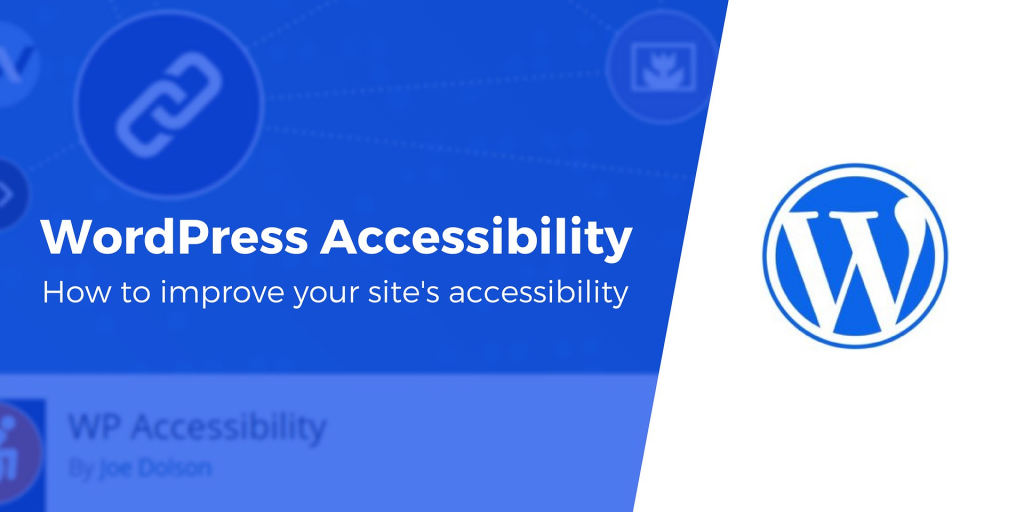How to Optimize Your WordPress Website for Better Accessibility

Are you looking to improve the accessibility of your WordPress website? It’s essential to ensure that everyone, regardless of their abilities, can access and use your website. In this article, we’ll discuss how to optimize your WordPress website for better accessibility.
What is Web Accessibility?
Web accessibility refers to creating websites that can be used effectively by people with disabilities. It’s about making sure that everyone can access and use the content on a website, regardless of their physical or cognitive abilities.
Why is Web Accessibility Important?
Web accessibility is crucial because it ensures that everyone can access and use the content on your website. People with disabilities make up a significant portion of the population, and if your website isn’t accessible to them, you could be missing out on potential customers or readers.
How to Optimize Your WordPress Website for Better Accessibility
Here are some tips on how to optimize your WordPress website for better accessibility:
- Use an accessible theme. There are many WordPress themes that are designed with accessibility in mind. These themes use clear fonts, large text sizes, and contrasting colors to make the website easier to read and navigate for people with disabilities.
- Add alt text to your images. Alt text is a short description of an image that is displayed to users who cannot see the image. It is important to add alt text to all of your images, as this will help people who are blind or have low vision to understand the content of your website.
- Use legible fonts. The fonts you use on your website should be easy to read for people with a variety of vision impairments. Avoid using fonts that are too small, too thin, or have too many decorative features.
- Choose contrasting colors. The colors you use on your website should have enough contrast to make it easy for people to see the difference between text and background. Avoid using colors that are too similar or that have low saturation.
- Structure your content effectively. Use headings and subheadings to break up your content and make it easy for people to scan your pages. You should also use clear and concise language throughout your website.
- Provide keyboard navigation. People who use screen readers or other assistive technologies need to be able to navigate your website using only their keyboards. Make sure that all of the links and buttons on your website are accessible via keyboard.
- Test your website for accessibility. There are a number of tools available that can help you test your website for accessibility. These tools will identify any areas of your website that may not be accessible to people with disabilities.
By following these tips, you can make your WordPress website more accessible to people with disabilities. This will help to ensure that everyone can enjoy your website and all of the content that it has to offer.
Here are some additional resources that you may find helpful:
- WordPress Accessibility Guidelines: https://wordpress.org/about/accessibility/
- WAI-ARIA Authoring Practices: https://www.w3.org/TR/wai-aria-practices/
- WAVE Accessibility Scanner: https://wave.webaim.org/
- Axe Accessibility Scanner: https://www.deque.com/axe/